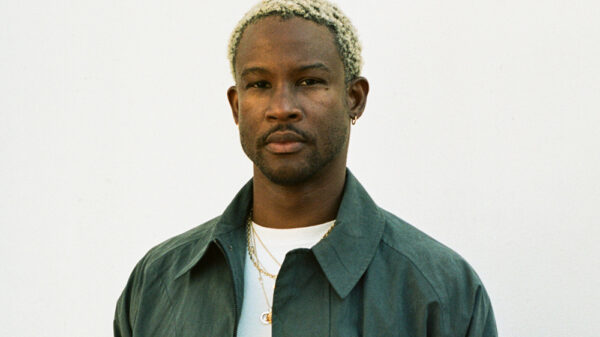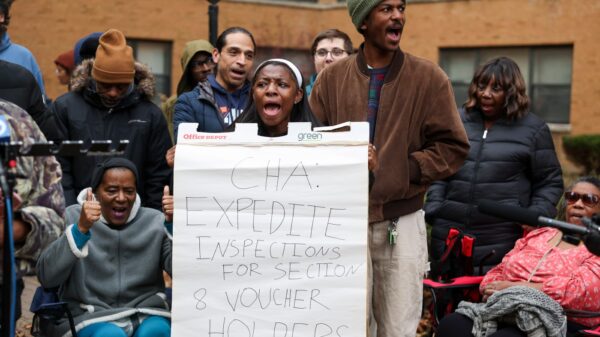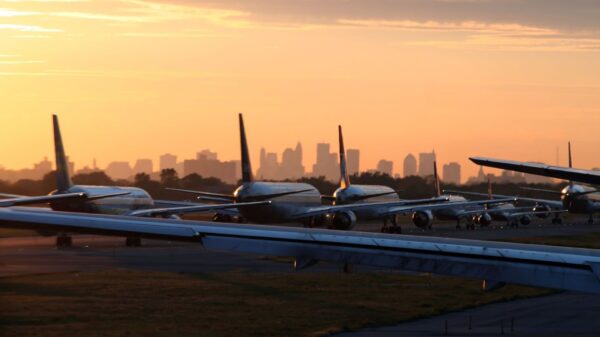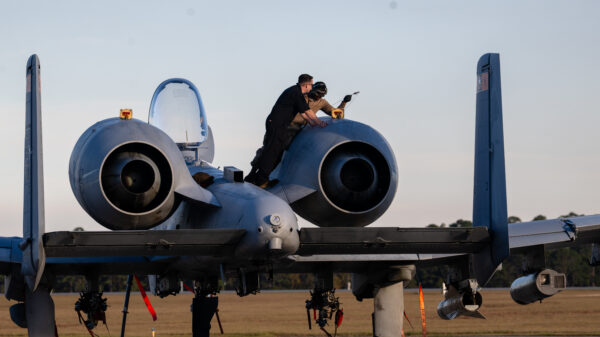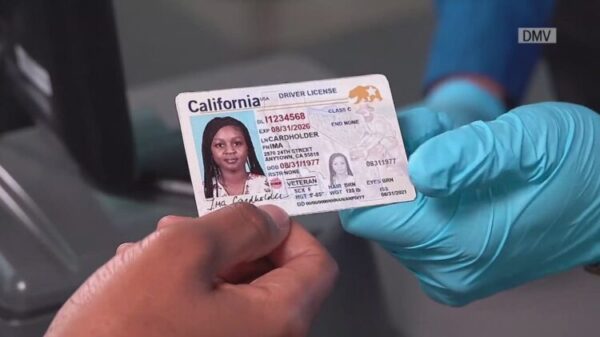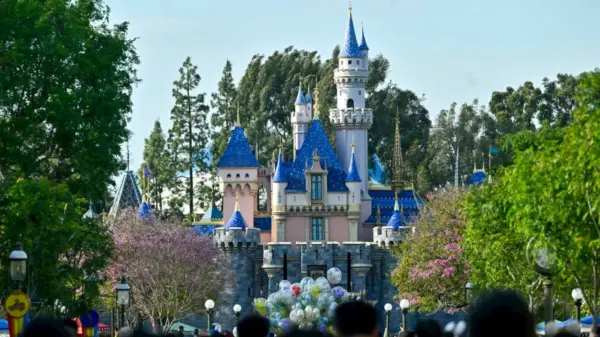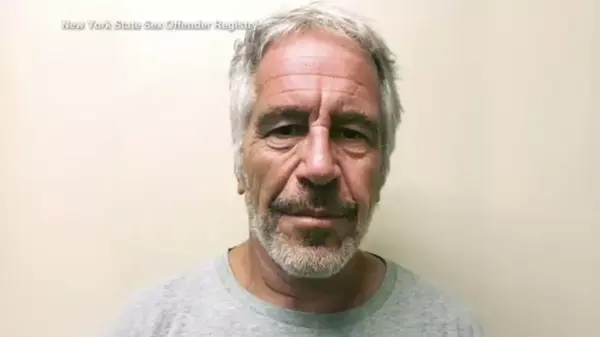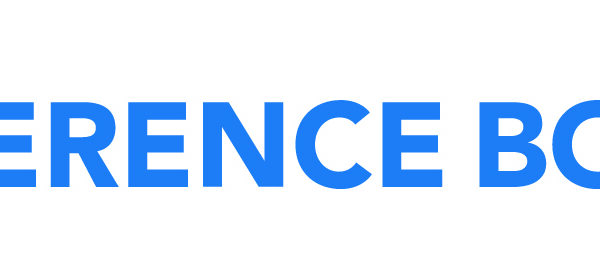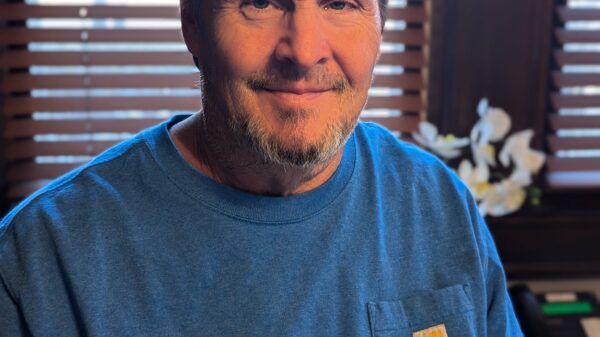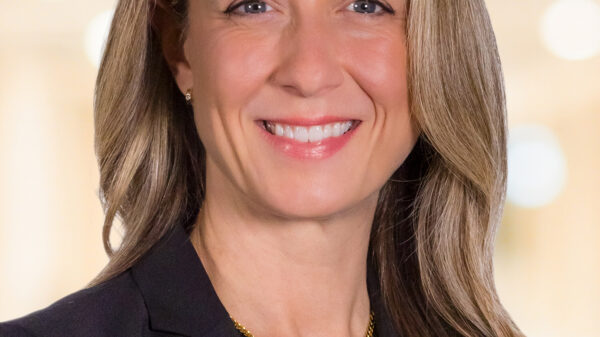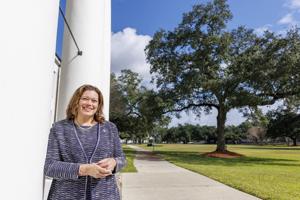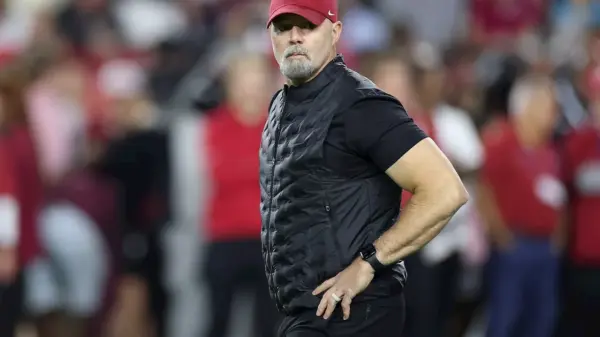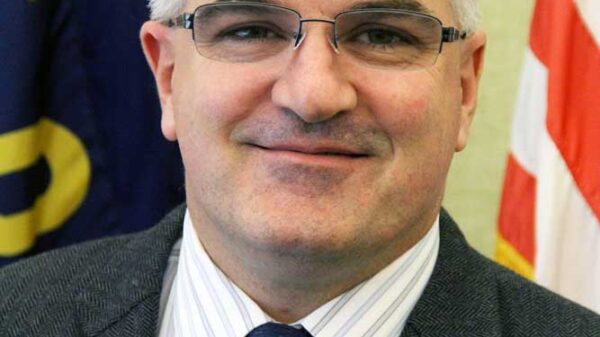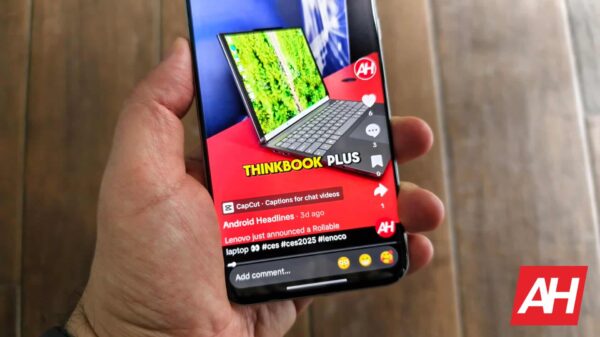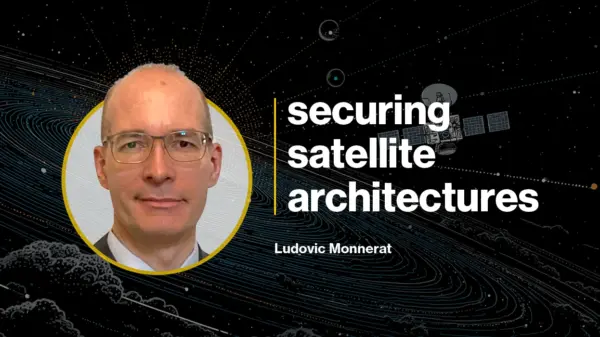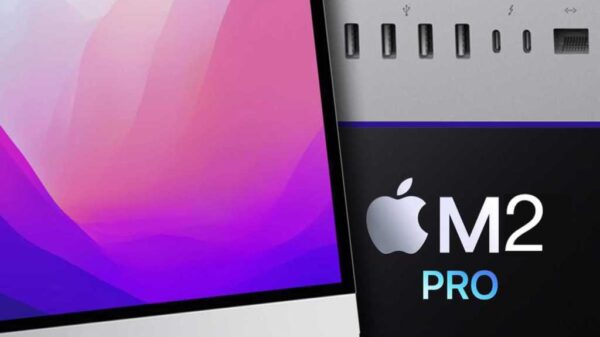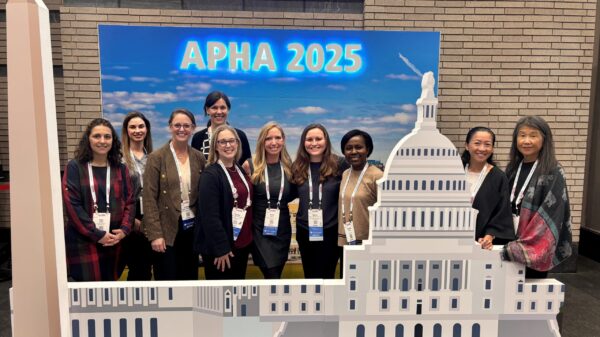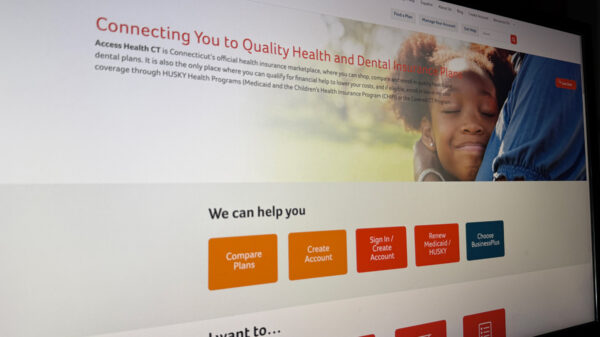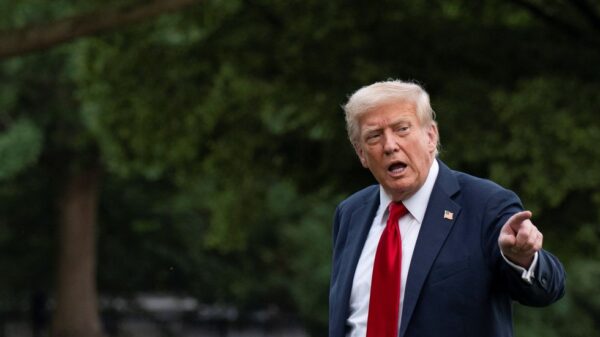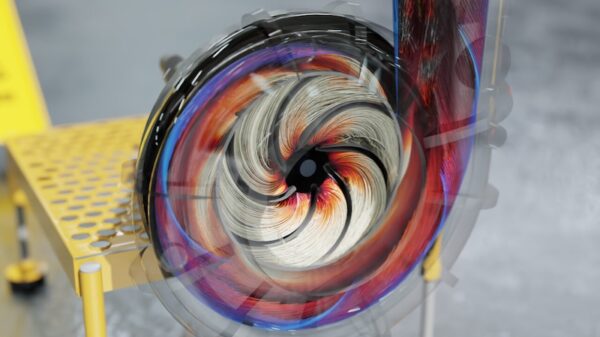Elon Musk clarified on social media platform X that Tesla was unable to use the term “Robotaxi” for its autonomous ride-hailing service in California, a decision influenced by state regulations. This announcement came shortly after the company expanded its service to the Bay Area, following its initial launch in Austin, Texas, on June 22, 2025.
While Tesla officially launched its ride-hailing service in California last month, the company opted to refer to it simply as a “ride-hailing service.” Musk’s comments, made on August 6, 2025, revealed that California’s regulations prevent automakers from using the terms “taxi” or “cab” for services that do not operate with fully autonomous vehicles.
Regulatory Constraints on Terminology
The restrictions are in accordance with guidelines set by the California Public Utilities Commission (CPUC), which stipulate that these terms can only be applied to vehicles that are completely driverless and not subject to any direct supervision. Musk stated, “We are working as quickly as possible to get 100+ Teslas operating for autonomous ride-hailing (can’t use the word ‘taxi’ or ‘cab’ in California).” His announcement highlights Tesla’s ambition to expand its fleet for the service, indicating plans to operate over 100 vehicles.
Although some reports suggested that Tesla was not deploying a “Robotaxi” fleet, the reality is that the company is navigating regulatory language that restricts its branding. The CPUC has not yet provided a comment regarding these naming conventions, and any clarification will be added to this article when available.
Safety Measures and Future Plans
In Austin, Tesla employs a Safety Monitor positioned in the passenger seat of its vehicles for the ride-hailing service. In contrast, California’s model places this monitor behind the steering wheel. For Tesla to officially label its service as a “Robotaxi,” it appears necessary for the company to remove the in-car monitor completely, complying with regulatory definitions of fully autonomous vehicles.
The CPUC’s stipulations suggest that terms such as “robotaxi” or “robocab” are reserved for cars that operate without any human oversight. As Tesla continues to innovate and expand its autonomous services, navigating these regulatory landscapes will be crucial for its branding and operational strategies.
As Tesla forges ahead with its ride-hailing services, the implications of such regulations will impact not only its marketing but also the broader landscape of autonomous vehicle deployment in California and beyond. The company’s efforts to adapt to these rules will be closely watched by industry stakeholders and consumers alike.


